In my latest blog post I wrote about the first part of our Sicilian adventure which is one of our favourite trips so far, as it was 10 days of sun, beautiful landscapes, winding roads, delicious food, evening passeggiatas, gelato, friendly locals, improvised Italian, hilltop towns and temples, crazy traffic, charming cities, ceramics shopping and the turquoise sea!
The last stop I wrote about was Taormina, situated about 45 minutes’ drive from the town of Zafferana Etnea in the bottom of the Mount Etna. Zafferana Etnea is a lively little town, with a huge main square overlooking the sea, where we had the best ice cream on the island ( though I have to admit that the bar is ranked pretty poorly on Tripadvisor :) ).
The main square- Piazza Umberto I in Zafferana Etnea
As we drove to the Sapienza Refuge, which is a starting point for the cable car, we were amazed by peculiar volcanic landscape- we’ve never seen anything like it before! We took many photos of the dark grey soil with little “islands” of bright green grass, and the background of clear blue skies.
Colorful landscape on the lower slopes of Mount Etna
Bright green "islands" on the dark volcanic soil
The landscape changed as the cable car drove us to the 2500 m height- no plants were growing there, and we found ourselves surrounded by desolated landscape of dark volcanic soil. We climbed up to one of the craters, and it was one of our most memorable experiences- the ground was hot, the wind was cold and extreme, and the sun was burning. We enyojed the view of the sea and of the other craters, the warmth of the soil with little ladybugs crawling on it, and the special feeling of admiration to our planet.
Trekking on Mount Etna
Crater inhabitants :)
Mount Etna Selfie!
By the late afternoon we arrived to Modica, one of the baroque towns situated in Val di Noto. Those towns were destroyed by an earthquake in the late 17th century, and were completely rebuilt in baroque style out of limestone from the area. Eight of those towns are situated on the Unesco World heritage list: Modica, Noto, Ragusa, Scicli, Catania, Palazzolo Acreide, Caltagirone, and Militello in Val di Catania. We visited Modica, Noto and Scicli and they are real masterpieces of baroque architecure, as the architects were given the opportunity to create whole towns (churches, palaces, new streets layouts) in a style that was by then widely spread and elaborated all over Italy, but still provincial and naive on the island. The style they developed became characteristic for Sicily, with its lavish decorations (grotesque masks are a specific feature), façade belfrys, balconies, concave/convex façades etc.
Baroque façade of San Nicolò Cathedral in Noto
Golden glow on the baroque houses of Scicli
Late baroque church of San Bartolomeo in Scicli
The yellow limestone from which the buildings are built gives those towns a special golden glow that shines so mildly in the late afternoon. But there is another side of that special glow- the soft "tufa" limestone decays very quickly, which became a real problem in the preservation of those cities!
Our accommodation in Modica was amazing, and I feel it has to be mentioned! Three little houses (each one is an apartment) are carved in a rock, connected by charming terraces with lemon trees, cactuses, herbs, and diy outdoor furniture. The interior is furnished in a traditional manner with loads of ceramic details but also with a modern kick. Our kitchen was literally carved out of rock!
We enjoyed breakfasts and dinners outdoors, in the shade of a giant tree, with a view of Modica. We made lemonade every day, pressed out of the fresh lemons growing on our terrace, how lovely is that? I eventually ended up with a suitcase full of lemons on our way back home. :)
Picking up the lemons that fell on our terrace :)
Some old school postcard writing in the shades!
Beautiful view of Modica
There is one more thing Modica is known for, and it’s- chocolate!!!
There are several chocolate makers in Modica, which use traditional Aztec recipes brought by Spaniards, but the one run by Bonajuto family is the most famous internationally. When in Modica, you shouldn’t miss dropping by their store where you can taste all of their peculiar (and delicious!) chocolate flavours- white pepper, salt, chilli, nutmeg, orange...
Chocolate tasting in Modica!
We didn’t bring only lemons home, of course- those chocolates were the most enthusiastically received souvenir that we brought from Sicily to our families and friends.
On the final part of our Sicilian trip we visited ancient Valle dei Templi in Agrigento, the town of ceramics called Sciacca, and quirky Palermo- you will be able to read all about it next week!
Till then, please share your favourite Sicilian experiences, I would love to hear them!

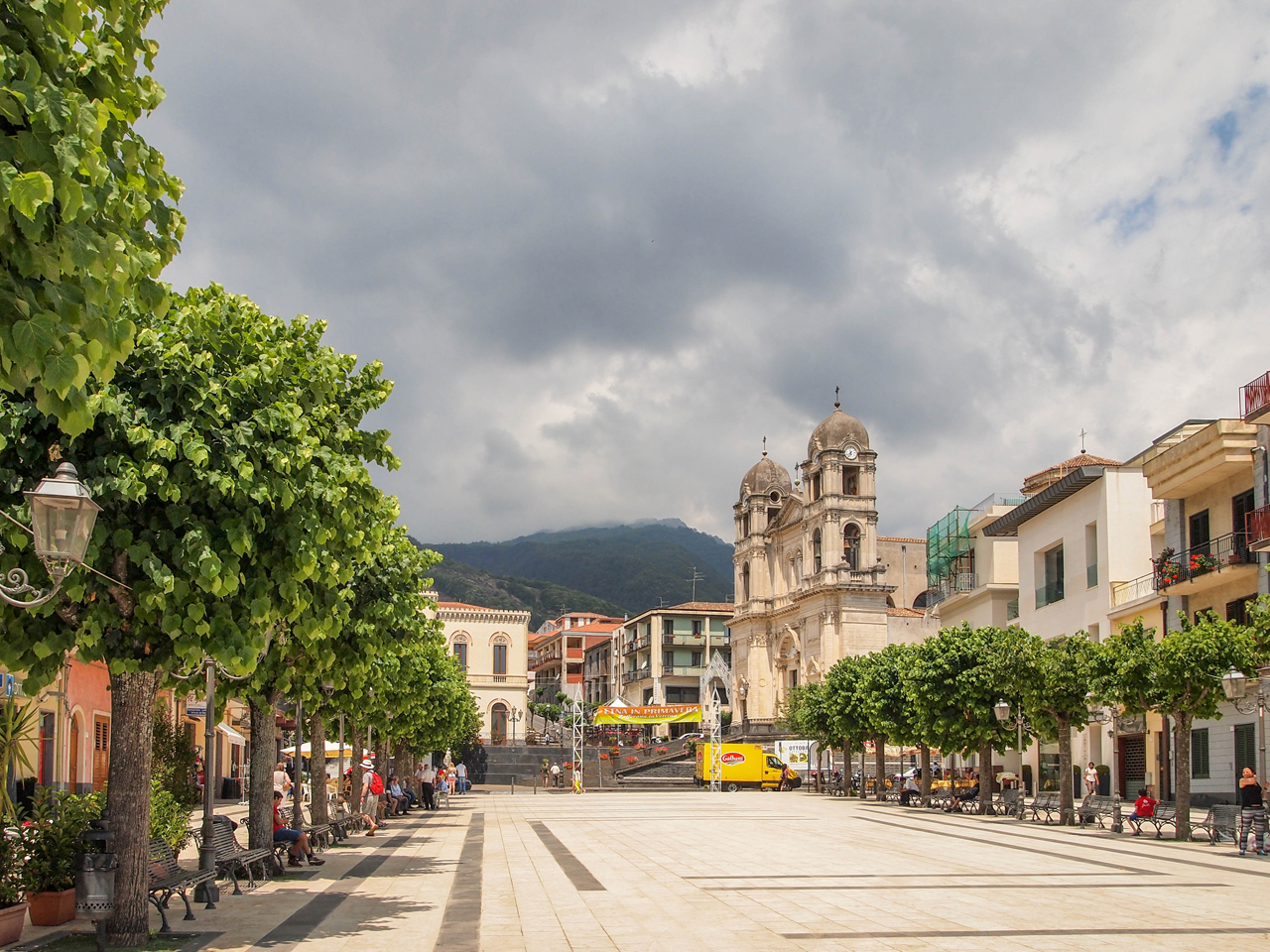


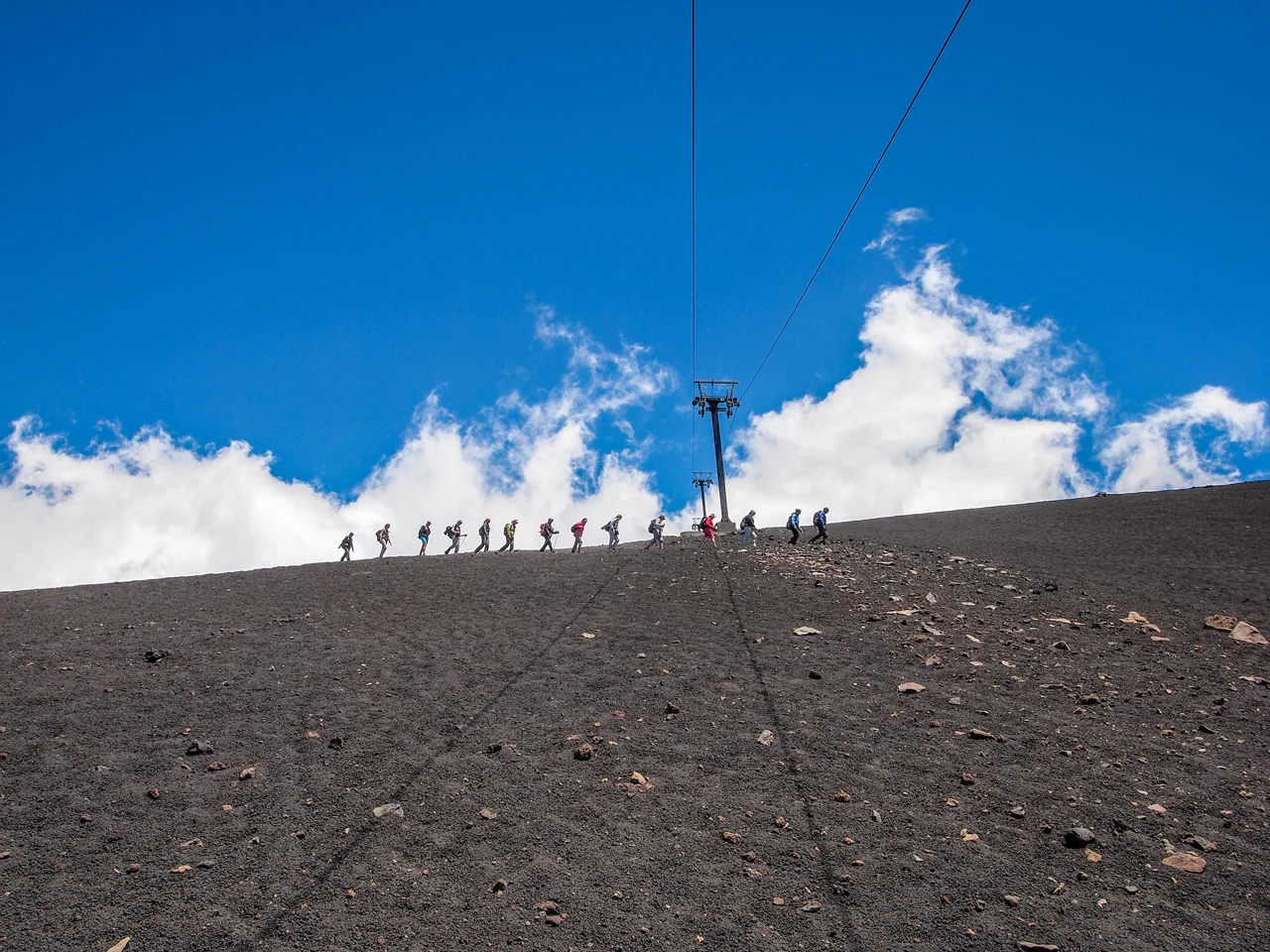

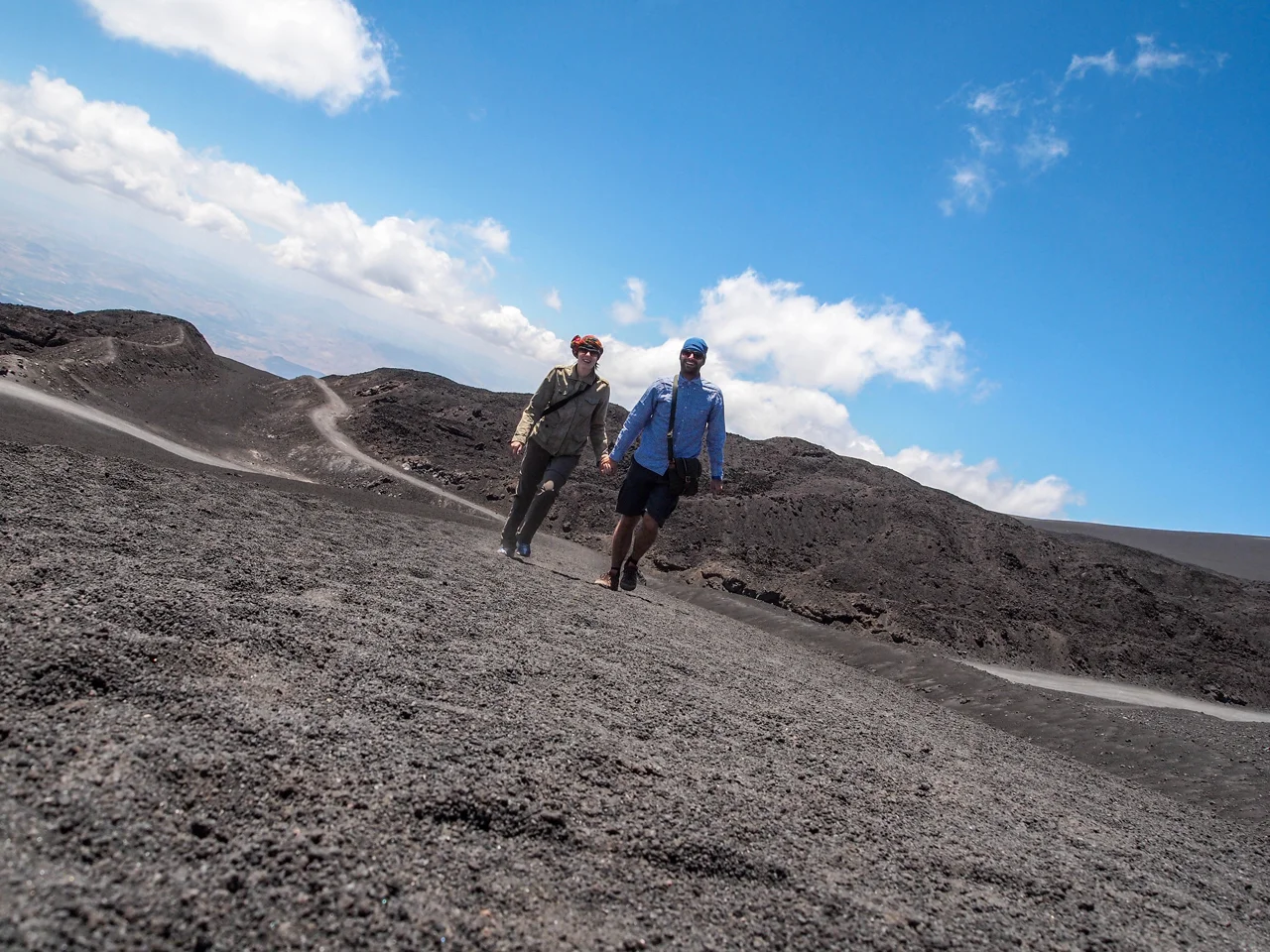
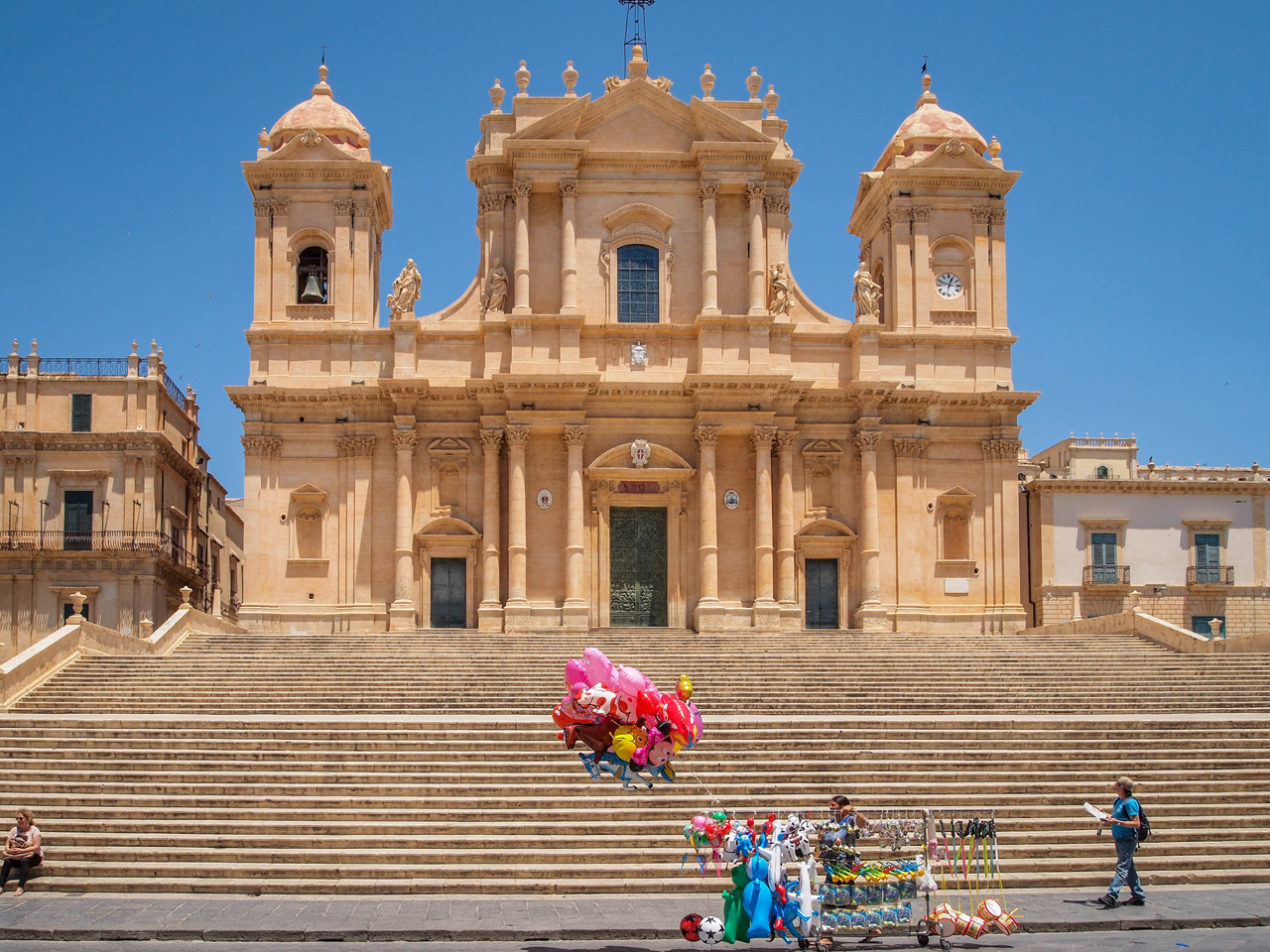

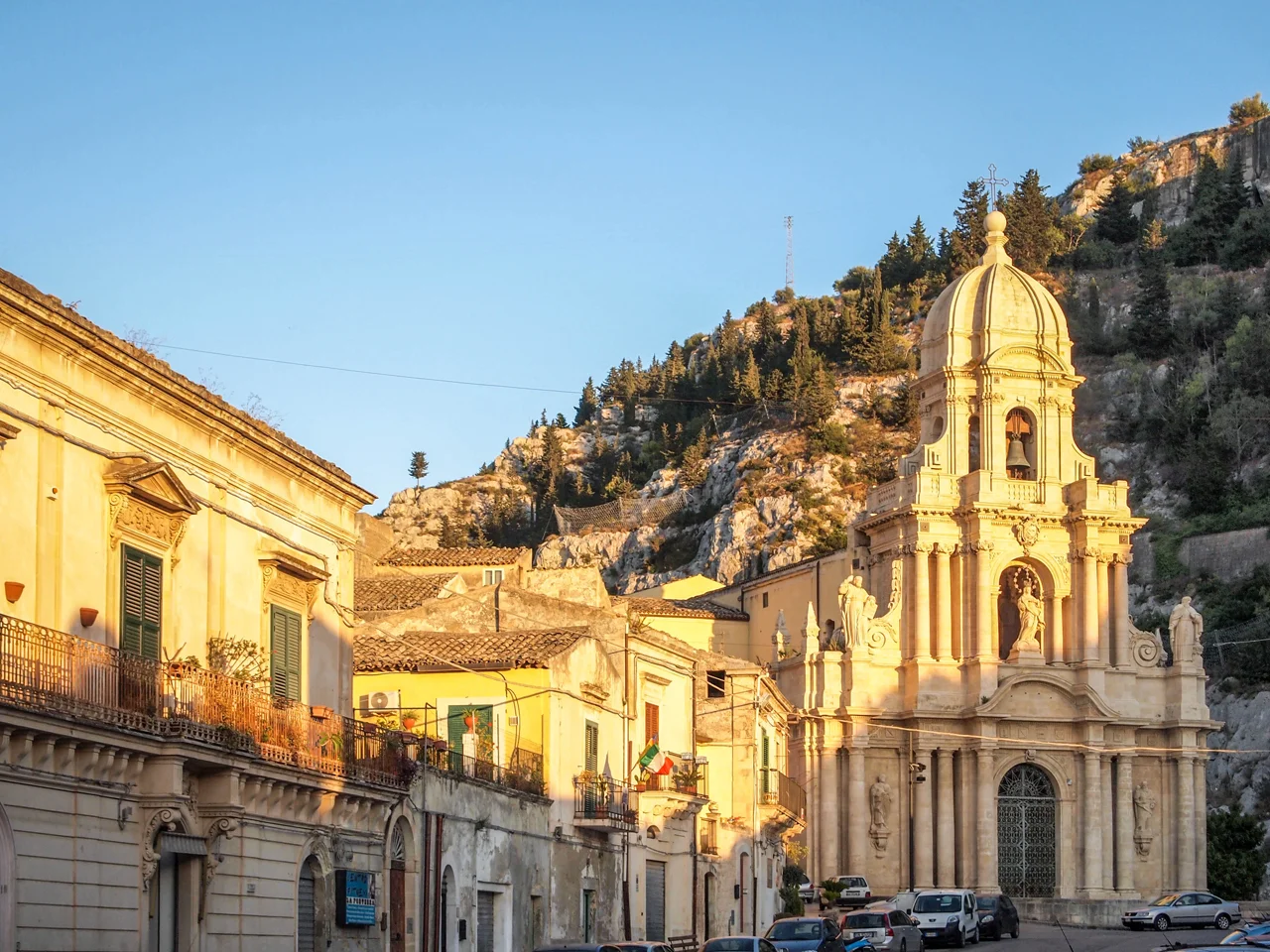
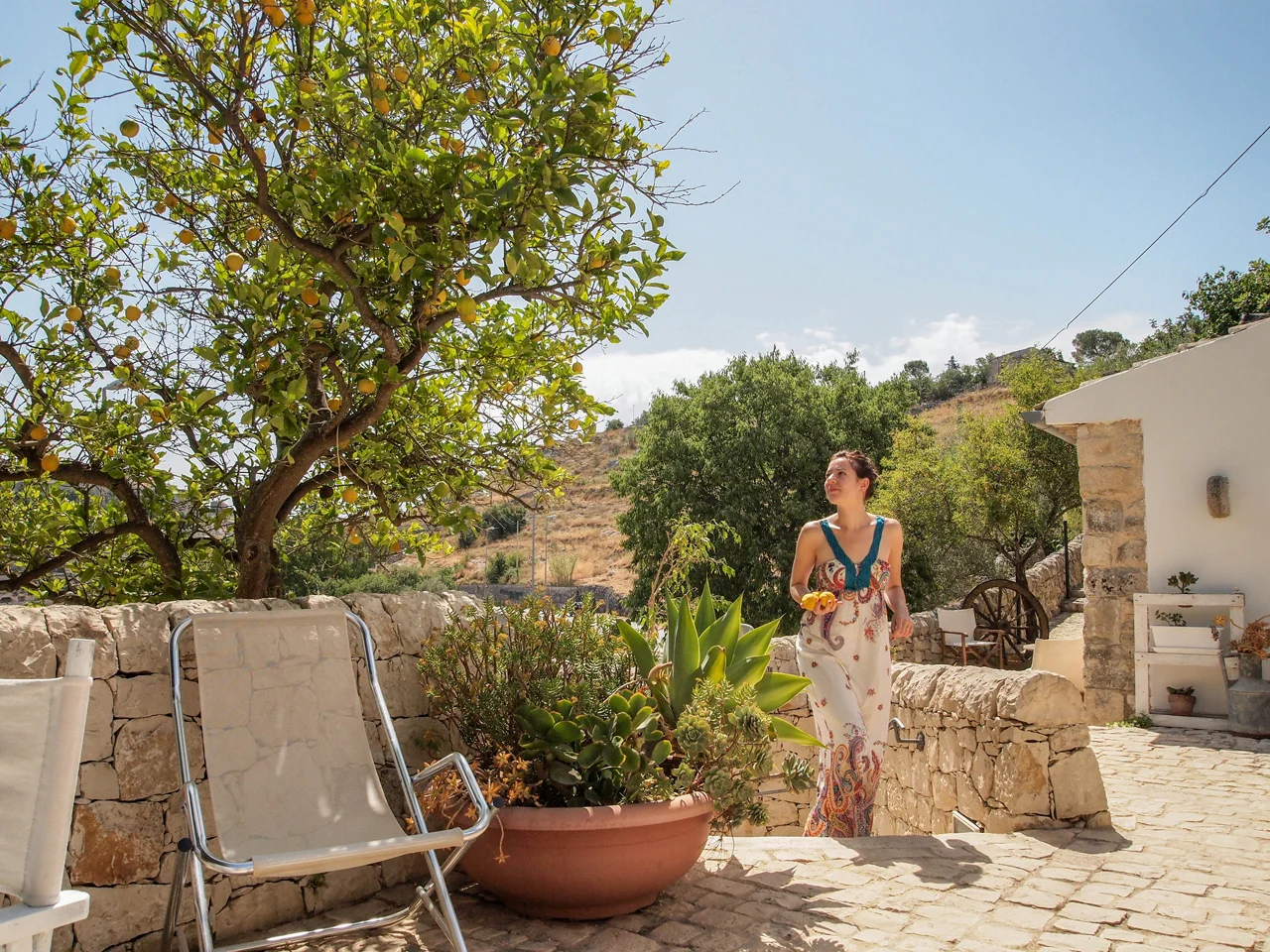


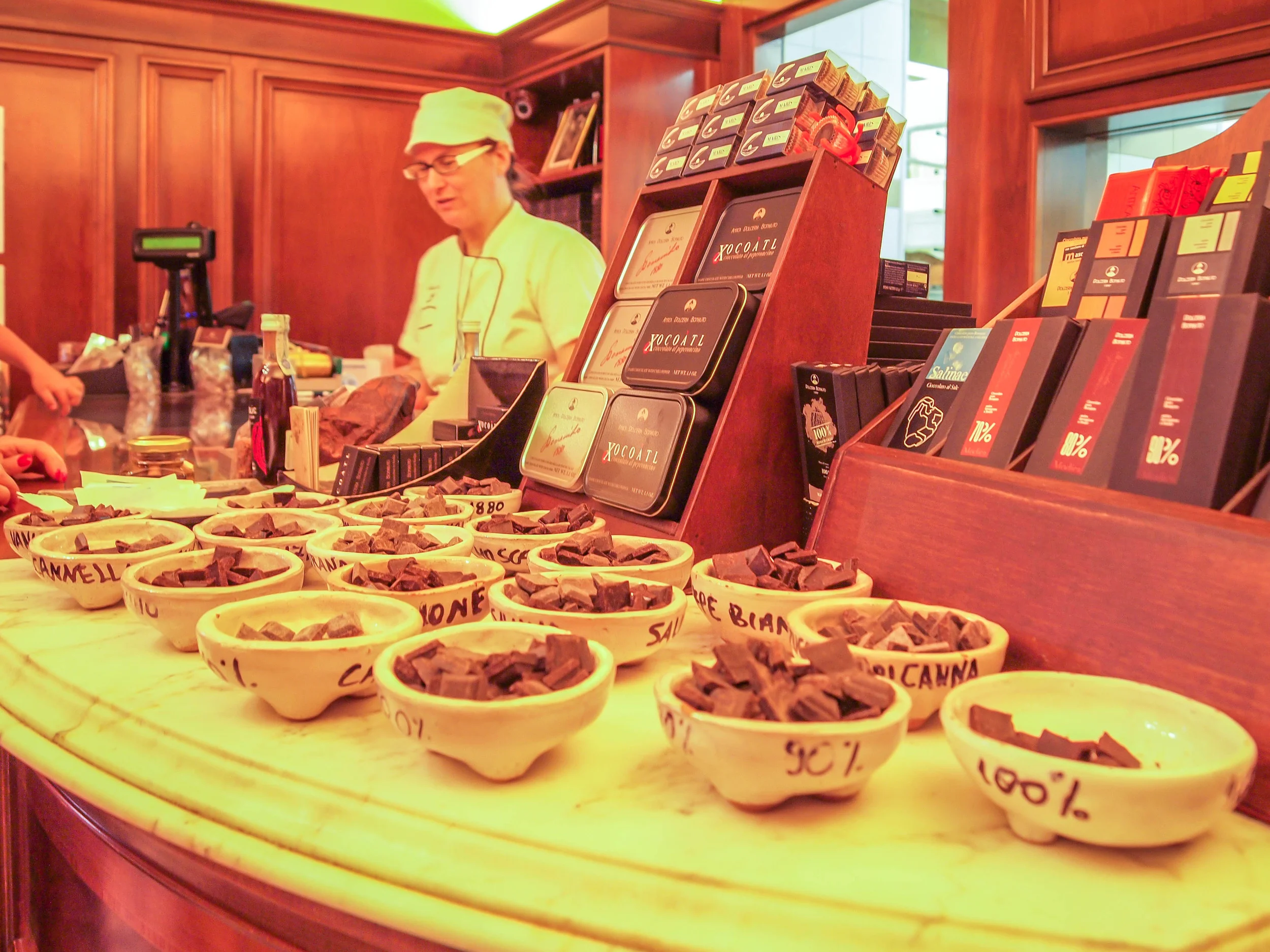








Even though my Last Year’s Favorites is an annual post that I intended to write at the beginning of each year, last year saw it in February- now, it’s April, but this kind of post seems more convenient than ever.